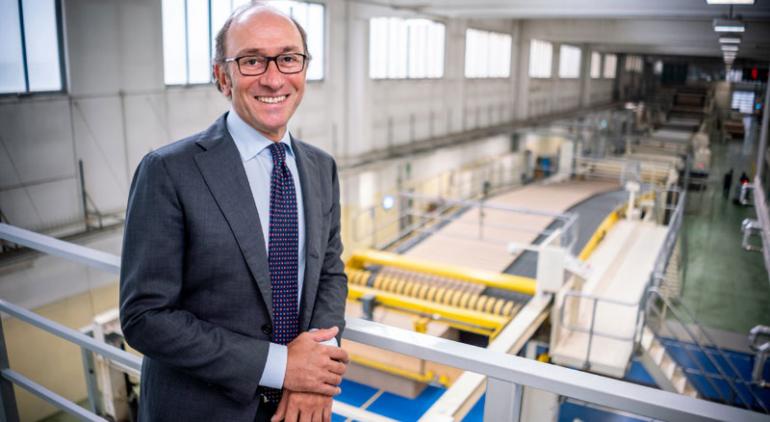Italian corrugated cardboard packaging industry sees 17% first-half growth

In 2020, the darkest year of the Covid pandemic, the Italian corrugated cardboard packaging industry represented by GIFCO reported 3.1% growth on the back of strong food and e-commerce sales. The sector (€4 billion turnover, 20% of that of the paper industry as a whole) recorded a total national production by weight of more than 4 million tonnes, up 1.7% on 2019. The growth figures in terms of surface area are even higher, with an output of 7.4 billion square metres of corrugated packaging in 2020 compared to the 7.1 billion square metres of 2019 (+3.1%).
GIFCO members reported very positive aggregate production figures for the first 7 months of the year (January - July 2021), up by 17% compared to 2020 and 14% compared to 2019.
These figures were presented at the GIFCO annual meeting held in Verona on 24 and 25 September by Past President Piero Attoma, who pointed out that the Italian industry – which ranks second in Europe after Germany and France – is continuing to grow at a rate of about 2% per year (more than 4 million tonnes in 2020).
Concern was expressed during the meeting about the impact of rising raw material prices (recycled fibre in particula8) on the cost of paper and finished packaging. The Milan Chamber of Commerce observed a 130% increase in recycled paper prices between August 2020 and August 2021: from €30 to €130 per tonne for used boxes (+300%) and from €5 to €70 per tonne for mixed paper collection (+3200%).
At the Private Members’ Meeting held prior to the convention, Fausto Ferretti from the member company Sandra was elected as the new Chairman.
Taking the reins of the association at a very positive time for the market, one of the most important challenges he faces is the green transition, a natural step for corrugated cardboard packaging given that it is a biodegradable, renewable and recyclable material and an excellent role model for the circular economy.
Recycled paper can be reintroduced into the production cycle and in Italy accounts for 80% of all raw material used for the production of packaging. The remaining 20% consists of virgin fibres originating from sustainably managed forests with higher reforestation than cutting rates (three trees are planted for every tree cut down to produce cellulose). This is demonstrated by the international FSC and PEFC certifications obtained by the Italian corrugated cardboard industry as a whole.



















